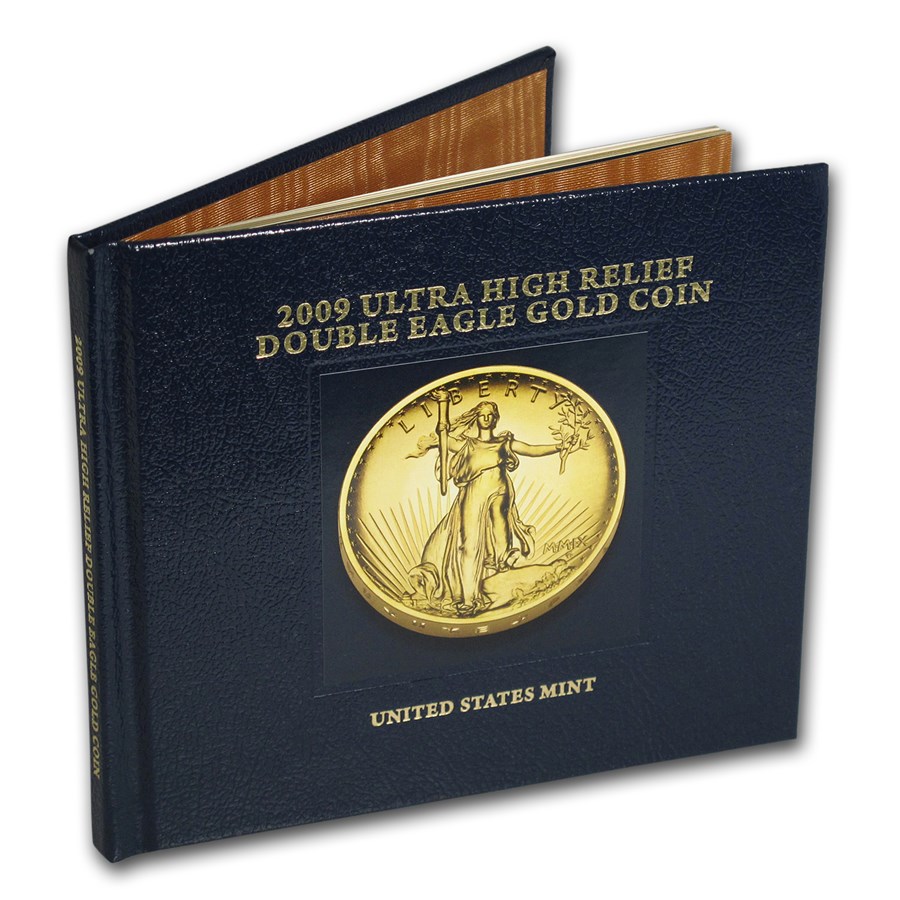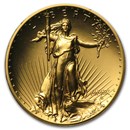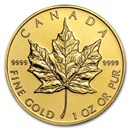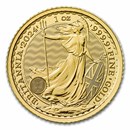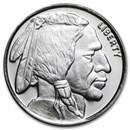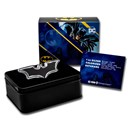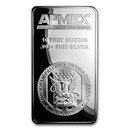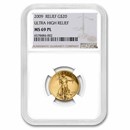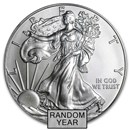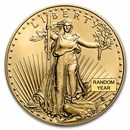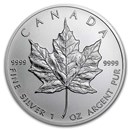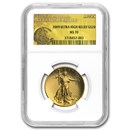OGP- 2009 Ultra High Relief Double Eagle Gold Coin Book
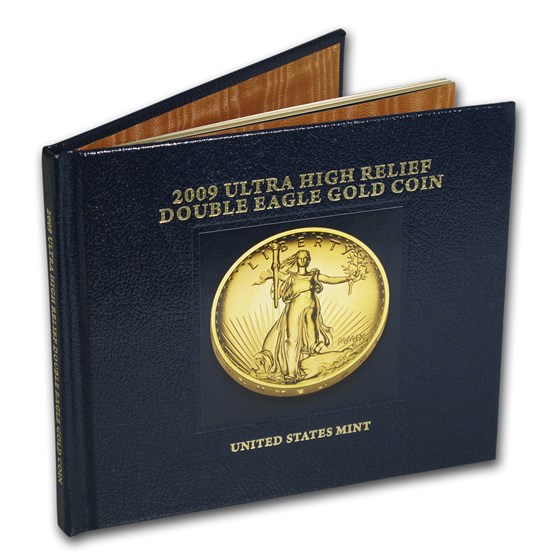
Rollover
to zoom
You could earn points ($) to invest in gold and silver when you make this purchase with The Bullion Card from APMEX

| Volume Discount Pricing QuickShip® Eligible | |||
|---|---|---|---|
| Quantity |
Check/Wire |
CC/PayPal |
|
| Any Quantity | $14.99 | $15.15 | $15.61 |
Related Products
- Product Details
- Specifications
- Sell to Us
Book Highlights:
- Issued by the U.S. Mint.
- Book includes sketches of the original coin.
- Photos of a die set showing the projection angle of the high relief at 30°.
Add this informative U.S. Mint book to your cart today.
The original design itself was first shown to President Theodore Roosevelt in December 1906. At the time, Roosevelt ordered the mint to produce experimental examples exactly following the artist’s models. Mint engraver Charles Barber took his job seriously, and although he and Saint-Gaudens despised one another personally, Barber had considerable respect for the sculptor’s artistic talent and reputation. To a remarkable extent, this was accomplished by Barber during the first week of January 1907, with considerable assistance from Henri Weil. The two not only prepared hubs for a normal 32-millimeter diameter Double Eagle, but another set for the 27-millimeter specimen – the size of the current $10 Gold Eagle.
Experimental pieces in both diameters were intended to determine how many blows it took to fully express Saint-Gaudens’ high relief design. Everyone, including Saint-Gaudens, knew that a coin with such high relief could not be struck with one blow from a normal press, but no one knew how many it would take. Barber hoped that the small-diameter pieces would allow more of the force from the press to concentrate and result in fully struck coins with fewer blows. During the second week of February, small-diameter pieces were struck, although we do not know how many blows it took. Each coin was 27 millimeters in diameter but contained the same Gold as a $20 coin. The result was a small, very thick coin with a decided “lump-like” feel.
As was common, mint Director George Roberts took a couple of specimens of normal and small diameter experimental pieces back to Washington. He gave one pair to mint Auditor (and former Director) Robert Preston, and kept one pair for himself after showing the pieces to the president. About a year later, new mint Director Frank Leach learned about the EHR experimental small-diameter pieces from mint collection curator T. Louis Comparette. The curator, who had no expertise in experimental coinage or law, convinced Leach that the small-diameter $20 pieces were illegal. This information led Leach to demand the return and destruction of all fifteen pieces. The last one to be returned was reluctantly surrendered by Charles Barber! (Barber had eight EHR Double Eagles in his personal collection when he died.) With all 15 accounted for, Leach permitted two examples to be kept for the mint collection; the rest were melted.
Posted By:Arkansas Trader
From:Mtn. Home Ar.
Date:Dec 5, 2014
Folks this is a well made hard cover book with glossy pages that has a ridiculously low price, less than $5.00. Paper back books sell more. The book is very detailed with historic photos as well as photos with magnifacations of coins showing close vivid details. The whole process and difficulties of reproducing high relief coins is discussed with the obstacles thereof and resolve. A compliment to the High Relief Coins and a must have book.
- Pros
- Attractive Design
- High Quality
- Bottom Line
- Yes, I would recommend this to a friend.

We provide all of our customers with a refund, return and / or exchange on everything we sell including all bullion and certified coins. If for any reason, you have a problem, please feel free to call us. We will always do our best to accommodate you.

